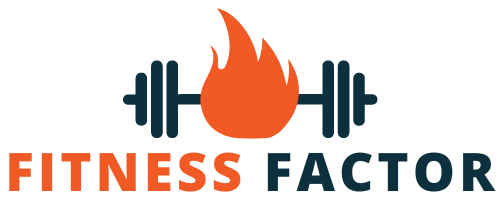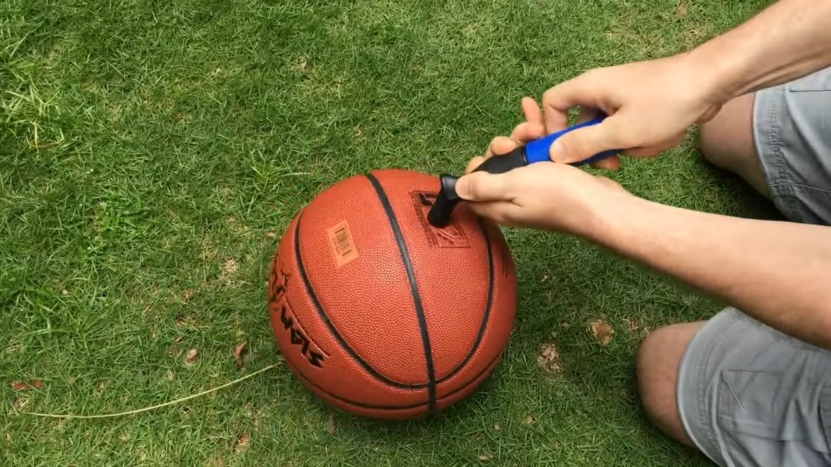You’ve been waiting forever for your 5 minutes to shine on your school’s basketball team, the Coach finally sends you out into the game after a whole week of arduous dribbles, free throws, shots, and passes and then just then that basketball feels so deflated as you grab it that all hopes of your three – pointer that will win the game for your team are diminished immediately. Frustrating and disappointing to say the least.
But don’t despair my fellow athletes… All you need is a perfect little tool called a ball pump and not only will your basketball no longer be a dream crusher but it will help your game so much that you’ll soon be an All-American athlete who’ll sooner or later depending on how much time you can devote to your game turn pro.
But what kind?
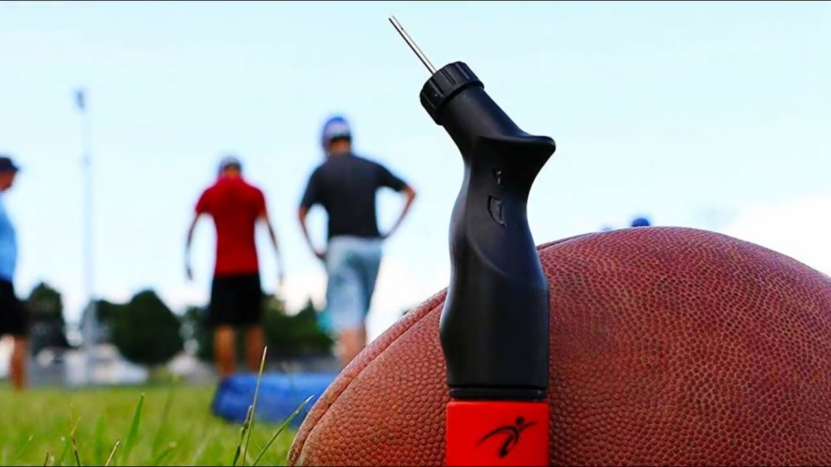
Nowadays there are many types of handheld ball pumps to choose from. And when they are portable and light enough to fit into your sports bag all the better.
There are generally two variations of the handheld pumping mechanism from which to choose: one where you squeeze your hand and the other where you push and pull the pump’s handle, often a T-shaped lever.
Among ball pumps where that you use by pushing and pulling the handle, there are two additional types: the standard ball pump and the dual action ball pump. Unlike the dual action ball pump, the standard ball pump only pushes air in on the forward stroke. The pulling stroke is a wasted effort.
Dual action ball pumps
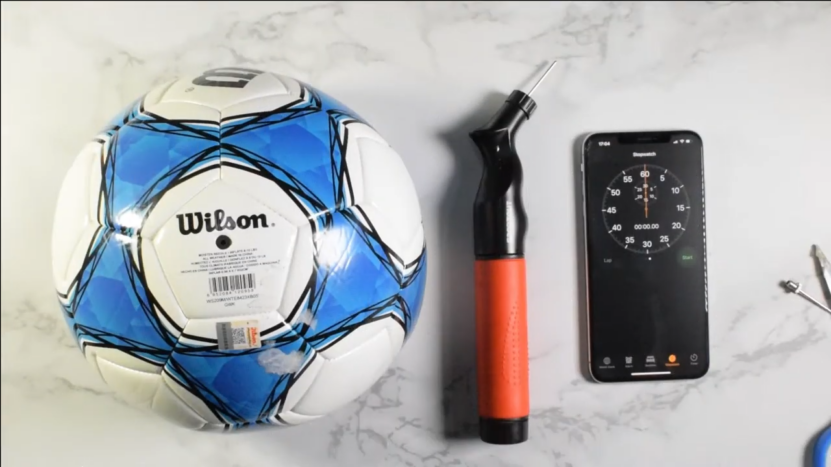
Dual action ball pumps are very efficient compared to standard pumps, as no air or effort is waste as they pump air into the ball both when you push and pull the handle.
Designers have achieved this effect by sealing the piston of the dual action ball pump in the cylinder at both ends. More precisely, the double action pump has two pairs of check valves: one below the piston and one above. Thus when the piston is pulled up, air is admitted to one side of the piston and expelled on the other side. When the piston moves down, the valves switch to the opposite positions, admitting air above the piston and expelling it from below.
Standard ball pumps simply work to your disadvantage. Longer inflation time means arm fatigue for you and they are inefficient. One way pumping means that a lot of air is lost. You’ll get back in the game much faster and no enthusiasm for winning that match is lost if all you have to do is push and pull that lever a few quick times rather than squeeze the tube endlessly. Your palm will most likely hurt yet you need to feel the ball. Bummer!
So a dual action ball pump it is then!
How to use a (dual action) ball pump
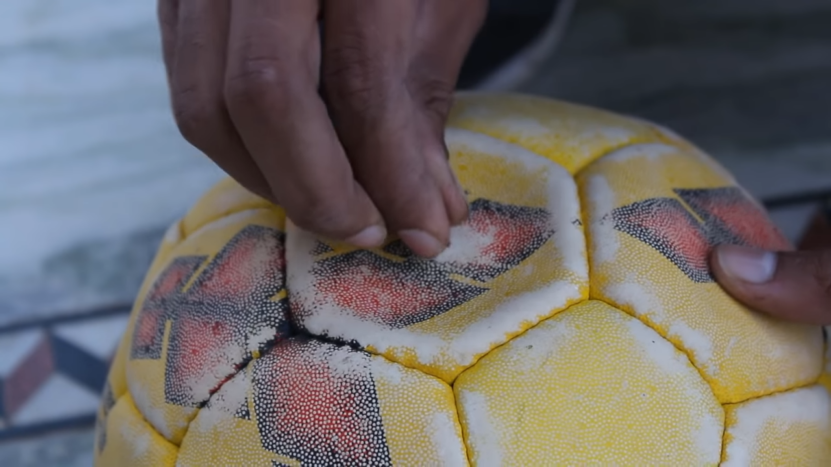
Before inserting the needle of the pump into a ball it is crucial that you lubricate the needle because, if you insert a dry needle into a ball’s air valve, it can catch on the valve flap and stretch or tear it, which could damage your ball in the process. It is also important to check the manufacturer’s air pressure specifications for your sports ball before you begin inflating it. This information is written in small letters by the air valve on the ball.
Now you are ready to begin pumping. It is important that you hold the needle when inflating the ball so you keep it from moving, otherwise you may damage your ball or ball pump. So move the lever up and down several times slowly to pump the air into the ball.
When the ball feels firm enough, one easy way to check the pressure is to insert a lubricated air gauge into the valve flap for an immediate and exact reading of the ball’s current pressure. You should try to get the pressure as close to the manufacturer’s specifications as possible, but if you do not have access to an air gauge, there area few other things you can do to determine whether a ball is at a proper inflation level.
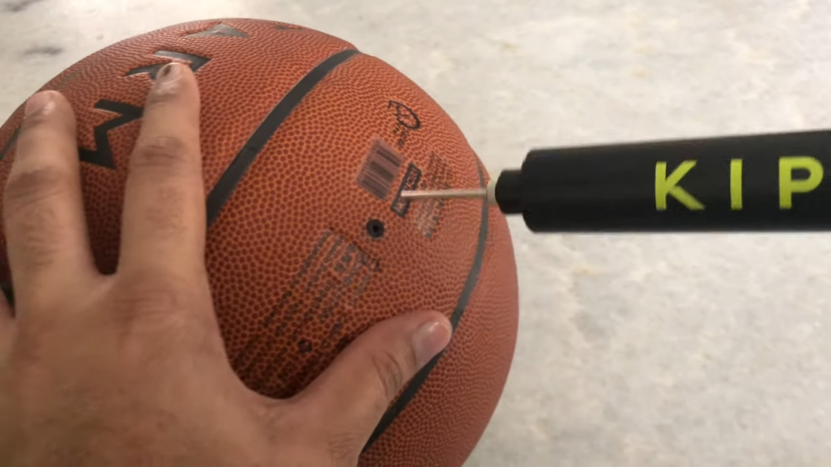
For soccer balls and basketballs, you can bounce the ball on the ground. If you get a nice bounceand a solid bouncing sound you are all set. As for footballs, grasp the ball with both hands and apply pressure with your thumbs. The ball should feel firm, and if it gives under pressure at all, it should be barely discernable.
So my dear fellow athletes when you are in the market for a new hand ball pump, opt for a dual action ball pump and you won’t go wrong. Using a standard hand ball pump to blow up your basketball, soccer ball, volleyball, football or any other kind of inflatable ball takes longer and requires more energy, which can tire out the arms. Meanwhile a dual action hand ball pump guarantees ease of use with quick inflation and excellent air flow.
Most dual action hand ball pumps have ergonomically designed molding which ensures comfort and eliminates unnecessary hand strain. Also you can use your dual action hand ball pump to blow up most other inflatable accessories such as speed bags as long as they have the same valve as sports balls.
